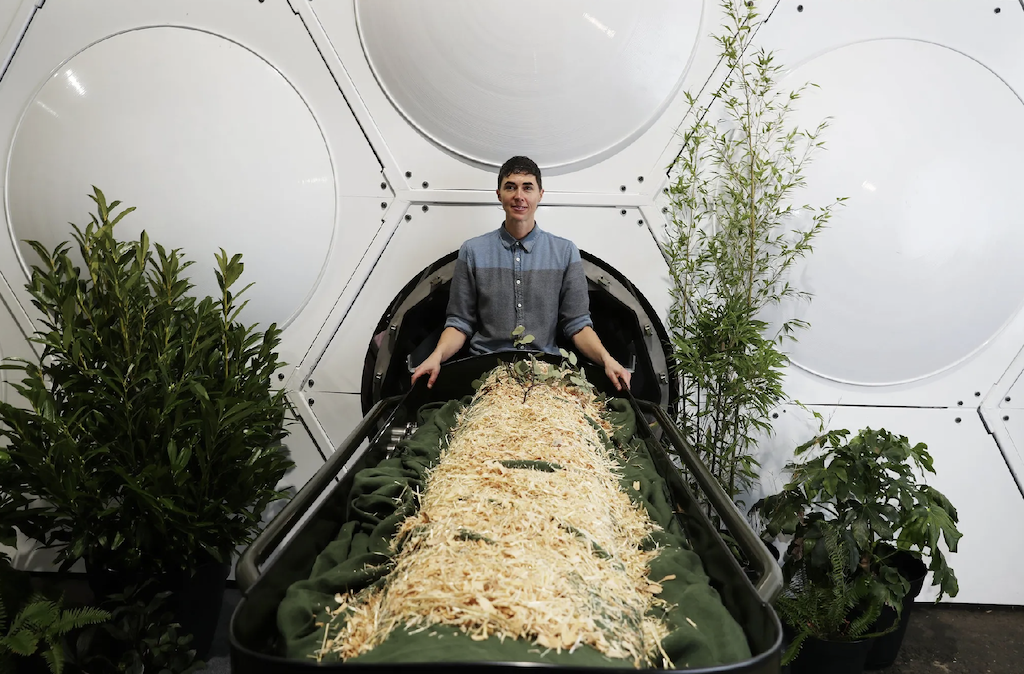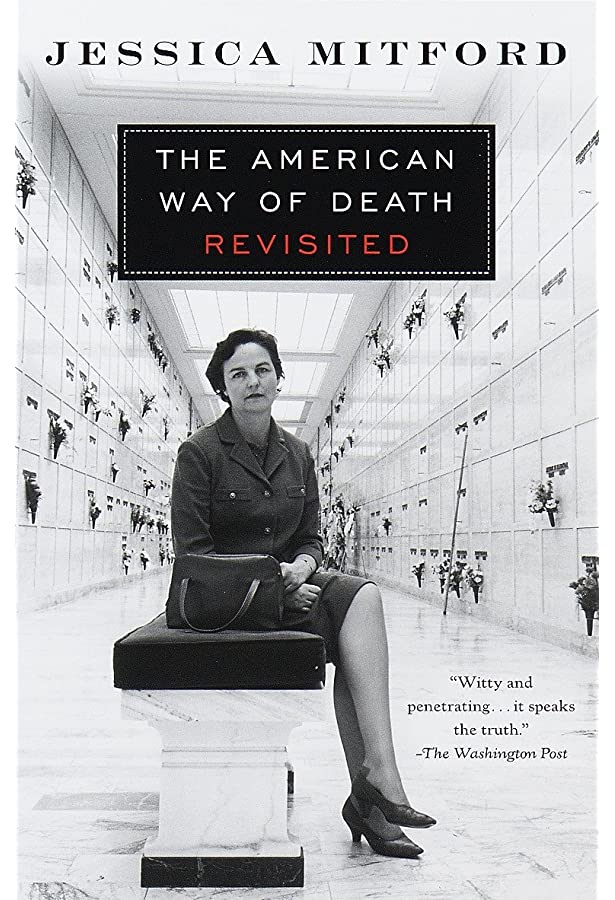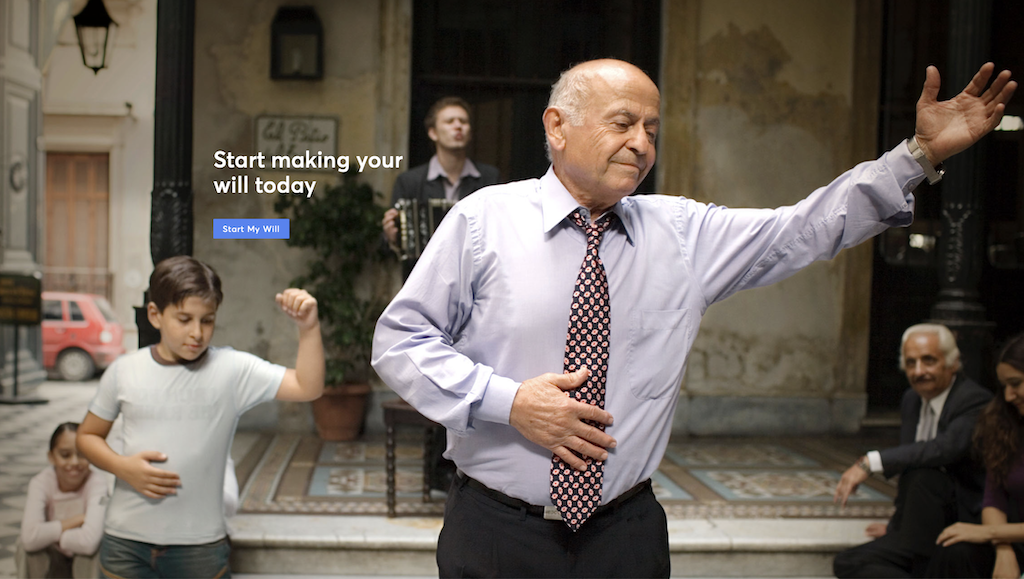In the science fiction novel “Three-Body Problem 2 The Dark Forest”, Liu Cixin imagined a possibility for future funerals: when flying to space has become a low-cost and low-risk mode of transportation, the “space” that brings human ashes into space Burial” will become a popular trend, because aliens will occupy the earth, and the traditional idea of falling leaves will have to be abandoned by people.
In the real world, there is no bridge of alien invasion, but the long-standing concept of returning leaves to the roots of human beings has become more and more intensified and traces the trend.
In recent years, a low-carbon, environmentally friendly, and primitive composting of human remains has attracted continuous attention. The state government has recognized and formed a trend that more and more people hope that the end of their lives can be the beginning of the lives of plants.
Is this a conceptual hype, or is it an innovation in the concept of human burial? If the end of life is to return to the land, would you also be willing to try?
NOR: Incorporating a new “experience” into funerals
In the United States, about half of people choose to be cremated. Every year, more than 360,000 tons of carbon dioxide are emitted from cremation , and one cremation requires roughly the same amount of energy as a person consumes in a month. In many parts of the world, the environmental pollution caused by cremation is becoming more and more serious, which is in stark contrast to the global background of the pursuit of carbon neutrality and carbon peak, causing some people to think about the way of funeral.
“I suspect that when people die and become part of the city, their loved ones find great comfort. But in order for the dead to rest in peace and the living not to grieve too much, we need to deepen our connection to the cycle of nature.”
In 2013, when Katrina Spade, an architecture student at the University of Massachusetts, envisioned a new type of architecture for her graduate thesis, she envisioned a “dark, quiet and safe” space where , the body of the deceased is naturally decomposed, and then becomes part of the urban land and is properly managed.

Recompose CEO Katrina Spade showcases its products | seattletimes
This idea is part of the concept of “human composting”, although the practice has existed since the time of primitive tribes thousands of years ago. At that time, when people lost their lives for various reasons, they were usually buried directly, returning to a state of “dust to dust, and earth to earth”. However, this form has undergone several changes with the evolution of human society. In the end, people regard death as a major event as important as life, and form traditional burial forms such as burial and cremation, which are still in existence, and are preserved in the form of coffins and cemeteries.
The paper’s most immediate impact was to drive Trina Spade to start a business after graduation, working with soil scientists, lobbyists and investors to propose legalization of NOR to Washington state.
In 2019, Washington became the first U.S. state to legalize human composting, followed by Colorado and Oregon in 2021.
Since 2022, Vermont and California have also joined in, officially announcing the legalization of this green burial form, and funeral companies have begun to participate, including Recompose, Return Home, Herland founded by Trina Spade Service providers such as Forest and Earth.

Recompose scene concept map
The biggest difference between NOR and burial is that it integrates a new “experience” for the deceased to leave the world, and gives more comfort to the living.
The source of this “experience” lies in the process of handling the remains.
When the remains are neatly put into the custom-made container that has been added to the soil, relatives can put flowers, letters, and other items of condolences in together. As wood chips, alfalfa and straw are added to the special container and sealed, the remains will be decomposed by microorganisms in the soil, wood chips and straw, while the bones will be taken out and crushed by professionals and then placed in the soil for further decomposition.
After 30 days, relatives can get these soils. They have nutrients and can be used to plant flowers and trees. With the feeling of “seeing things and thinking about people”, these soils will also become the best solace for those who accompany the living.
As Spade mentioned in his paper, death can still be “new life” .
Dust to dust, dust to dust
In the US, arranging a funeral is a very complicated and expensive process and has been under fire.
In her classic work on investigative journalism, The American Way of Death, famous British author Jessica Mitford said American funerals were “very difficult and expensive to operate”.

Jessica Mitford’s “American Death” Changed America’s Funeral Industry Amazon Marketplace
In the 1950s, the cremation rate in the United States was only 3%-4%, and the popular burial usually consisted of a narrow coffin, many flowers and an embalmed body to create an elaborate funeral, which became the As part of the public comparison, it was not until Mitford exposed and appealed in the book that the funeral industry, newborn care and other fields in the United States had new changes.
Even so, the burial of a loved one is still a high cost in the United States today. According to Forbes Advisor, based on 2019 data from the National Funeral Directors Association, the average cost of a burial is $7,640, which only includes the entire process of burying the deceased, not the cemetery. The cost of tombs, if you add the tombs, brings the median to $9,135 . As for cremation, the average cost is $6,645.
In terms of cost, the cost of NOR is very low. At Return Home, the cost of NOR is about 5,500 US dollars . The whole process is completely transparent. In the end, there is an option to spread the remains of the soil to its exclusive woodland to become the nutrient for the growth of local plants. Allowing relatives to return at any time has attracted some who support the environment and pursue a more “cool” form of burial.
And, there is still the possibility of reducing costs throughout many of the links. Return Home said that they have used customized machines in every link, and as more and more people choose NOR, the investment in customization will gradually decrease.
On the other hand, since the epidemic, the surge in the number of deaths in the United States has made the field of funerals a hot topic.
According to the U.S. Centers for Disease Control and Prevention, the U.S. will see a record 3.465 million deaths in 2021, about 80,000 more than in 2020. Robert Anderson, an official in charge of statistics and statistics at the US Centers for Disease Control and Prevention, pointed out that the raging new crown virus was the main reason for the surge in deaths last year.

Recompose scene concept map
“Fortune” reporter Kat Eschner pointed out that due to the continuous mutation of the epidemic, the US funeral industry is overloaded. Funeral homes, cemeteries and crematoria are under unprecedented pressure to operate in hard-hit areas across the country.
Therefore, as a supplement to cremation and burial, the new funeral service headed by NOR allows people to become a new life in another way after death. In addition, they have certain advantages in price, and are supported by some users. within reason.
However, it is still necessary to pay attention to the various problems existing in NOR. The first and most obvious one is the shortage of service supply caused by the long processing time of the remains. It usually takes around 30 days to go from body to soil , which means NOR is less efficient than cremation and burial when demand suddenly increases.
Another problem is that even though four states in the United States have passed NOR laws, most states are still unable to implement NOR, so for these institutions, cross-regional services have also become obstacles.
The future of the funeral industry
Life and death are important matters, and the funeral industry is one of the few industries that deal with both the deceased and the living. Therefore, returning the dignity of the deceased and comforting the living have become an important mission. In fact, over the past few years, Silicon Valley has been trying many incremental reforms around this core in funeral services. Behind this is not only the trend of green environmental protection, but also the new direction of informatization and service.
For example, “Willing” from the Y Combinator incubation project, a service website that helps users make wills, mainly includes two products. The first is to help users quickly make a will online. Users only need to answer will-related questions, such as property distribution, funeral arrangements, will execution, etc. The website will generate a document and a guide to explain to users how to make this will. It’s legally binding, the whole process only takes 5 minutes, and the service is completely free.
Another service of Willing is an online platform that helps users find and compare funeral homes and cemeteries. In the process, Willing will also provide services that meet user requirements and charge information service fees, according to founder Eliam Maddie. ” The two industries of funeral service and estate planning are united through the Internet,” Na said. This will enable the connection of millions of lawyers and tens of thousands of small funeral homes run by families in the United States.

Willing official website
Another example is the 1000Memories website, which focuses on building a social platform for the deceased. Through this website, users can cherish the memory of the deceased, publish pictures or stories, and connect the living through these, so that people can also have a small space in the network to remember the deceased. Although such a concept does not seem new now, it did spark a discussion when it first appeared.
In addition, some companies have begun to use AI technology to try to keep deceased relatives by their side. Microsoft, for example, was granted a patent in 2017 that allowed the creation of AI chatbots using the personal information of the deceased.
The patent, titled “Creating a Specific Chatbot for a Specific Person,” details the creation of a system based on personal information such as “images, voice data, social media posts, electronic messages,” to “create or modify personal information about a specific person.” Personality themes”. If realized and marketed, this AI chatbot could simulate human conversations, respond with voice or text to other people’s words, and even create 3D models from images and depth information for a more realistic feel.
In fact, considering the different needs of the elderly at different life stages, from the vitality stage to the disabled and semi-disabled stage, to the final hospice/death stage, the needs of the elderly group are very different. The personalization and diversity of young people’s consumption, the elderly need to have a wealth of choices in terms of their “behind the scenes”. This may also be the answer to consider when the world is facing an aging population. Reforms in the field of funeral It seems gradual, but it is likely to profoundly affect our future, whether in NOR, AI or other ways.
In any case, the pace of global carbon neutrality will not stop, and this will become the strongest force to promote the green burial of human composting. In this process, life, time, nature, and land all have new connections. And meaning, we might as well first regard NOR as a sign of human beings returning to romance again.
As the 19th century poet Walt Whitman said, ” I leave myself to the land, from which will grow my favorite weeds, and if you need me again, you will find me under your boots. me. “
This article is reproduced from: https://www.geekpark.net/news/309539
This site is for inclusion only, and the copyright belongs to the original author.